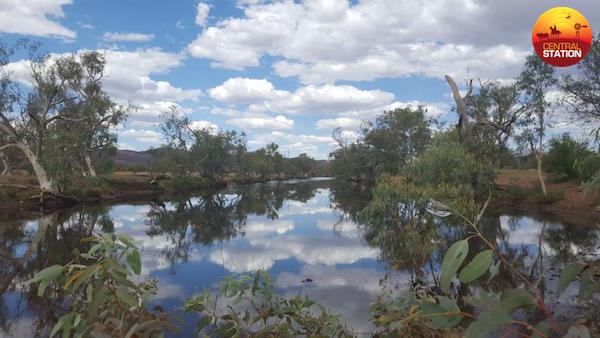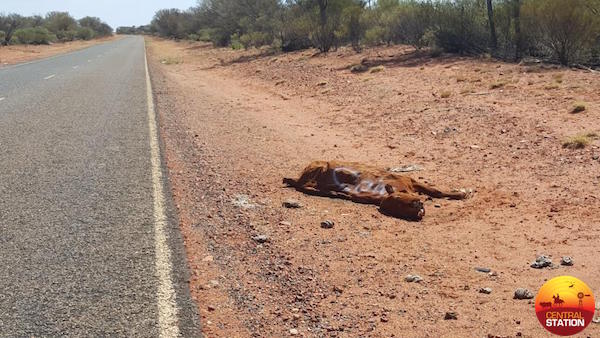Farming theory
Host: Kadaitcha Pastoral Company
Written by James Christian – Owner, Kadaitcha Pastoral Company.
It is very easy to over-analyse what farming is about. Here is a simplistic, unveiled look at what we really are aiming to do.
The theory behind being a beef farmer in central Australia isn’t particularly difficult, in my opinion anyway. All you have to do is make more beef. This can be done in two ways, and can even be done simultaneously if you keep your wits about you:
1. Turn small cattle into big cattle
2. Turn some cattle into more cattle
Both can actually be achieved with no input from humans, but obviously we like to think that our input makes for greater efficiency.
Turning small cattle into big cattle is best achieved by letting the cattle eat grass, as when they do that they grow bigger. Green grass is best, and lots of it. When green grass isn’t available, brown grass has to do. When there is none of that left, weeds (which are just a plant out of place), spinifex, saltbush, mulga, and the homestead roses can all form part of the diet. Here in central Australia there isn’t usually very much green grass, though at the time of writing there’s been an unusually generous period of rain, and the brown landscape has a carpet of green sitting on top. Just because there are nice juicy tussocks of buffel grass at hand doesn’t mean the cattle won’t reach for a mouthful of mimosa or some other prickle bush – even for cattle variety is the spice of life. Barbed wire, the windscreen on the Toyota, and a length of old rope have all seemed delicious to some beasts, but those things do seem to be a treat rather than a staple.
Turning some cattle into more cattle isn’t very tricky either. Roughly nine months before you’re ready to have more cattle you need to let the bulls in with the cows, and nature will take its course. Calves will hit the ground, and soon enough they will begin eating grass, and change size from being able to slip through the bottom rails in the yards, to jumping over the top rails if they think they’re being mishandled.
There are some catches with making more beef. Here are some I’ve discovered:
It doesn’t always rain when you think it might or should. This limits the growth of the green grass, which limits the growth of the cattle. In order to keep the cattle growing you need to either water the grass (often unfeasible) or take away some cattle. Often, once you’ve selected your course of action, it will rain, rendering the watering a waste of time or the removal of livestock the exact opposite of what you now need.
 Walker’s Hole full to the brim.
Walker’s Hole full to the brim.
Bulls will find their way into the cows irrespective of your plans, fencing arrangements, timeline, or desires. That means sometimes you will have calves on the ground when you don’t want them. The neighbours’ cattle will also periodically decide to go shopping on your block, and if the neighbours cattle include bulls of a different breed, your herd can end up looking like a fruit salad.
Next door, the other side of the highway, and the other side of town will always get more rain and more c/kg than you, or so the grapevine will have you believe. The effect of this is to make you work harder. The smart move, though, is to stay where you are and keep doing what you’re doing, because the grapevine probably told them the opposite.
Your herd will tell you about problems you didn’t know you had. Take, for example, bone chewing. When cattle chew bones it means a few things:
1. You have a dead animal.
2. You have probably kept a family of dingos alive for another week.
3. You need add “getting rid of the dingos” to your job list.
4. Your live livestock are looking for phosphorus to be added to their diet.
 Where there’s livestock there’s dead stock.
Where there’s livestock there’s dead stock.
When the cows are thin they need more grass, or the weaners to be taken away from them. When the cattle fill up the water yard so that it’s standing room only, there’s probably no water left in the tank. When the cattle are all standing outside the yard staring at the trough it’s because someone left the gate shut and they can’t get in.
Don’t forget, though, that theories are great, but it’s the practise that counts, and it’s not as simple as it seems!
